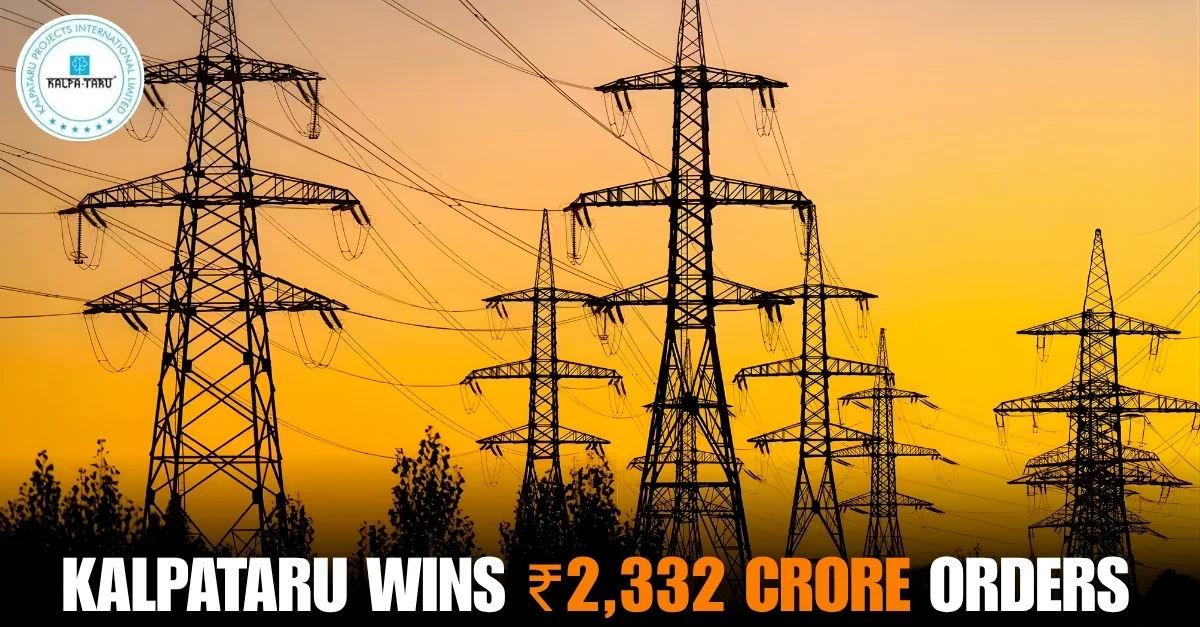The Government of India is weighing a ₹20,000 crore risk guarantee fund to de-risk infrastructure projects and attract private capital by underwriting non-commercial risks, according to PTI-cited reports.
The Government of India is considering a ₹20,000 crore risk guarantee fund designed to catalyse private investment in the country’s infrastructure pipeline by underwriting key project risks. The proposal, reported on October 2, 2025, is at an exploratory stage and has been attributed to official sources cited by the Press Trust of India (PTI). The central idea is to put in place a backstop that absorbs defined non-commercial risks so that lenders and developers can commit capital more confidently to large, long-gestation projects.
According to these reports, the contemplated fund would cover losses arising from policy uncertainty and other non-commercial risks—precisely the risk types that often deter private participation or force lenders to price loans prohibitively. By shifting a portion of such risks to a sovereign-backed guarantee pool, the authorities aim to lower the effective risk premium on projects, encourage larger loan sizes, and reduce the burden carried solely by developers. Sources emphasised that for the mechanism to work, guarantees must be bankable and payouts timely, so counterparties trust the instrument at financial close and during construction.
Multiple PTI-based write-ups in mainstream outlets align on the fund size and core purpose: an initial corpus of about ₹20,000 crore, focused on de-risking to unlock private capital across sectors such as transport, power, urban infrastructure, and logistics. The reporting frames the initiative as part of a broader effort to accelerate infrastructure delivery by leveraging private balance sheets alongside public outlays. Although the government has not issued a formal notification, the direction of travel is consistent across stories published on October 2 and corroborated by follow-on summaries.
Some reports further indicate that the fund may be housed or managed by an established national credit guarantee entity, a design choice that could speed operationalisation by using existing governance and payout systems. That said, management arrangements have not been officially announced; they are described by outlets as details “under discussion” based on what sources have conveyed. The same reports suggest that additional safeguards—such as minimum developer equity stakes and risk-based guarantee premia—could be built in to preserve discipline and prevent moral hazard, while still delivering the intended de-risking to make projects financeable.
Contextually, the proposal arrives amid a sustained push to revive and scale public–private partnerships. De-risking instruments are widely used in infrastructure finance to crowd in private lenders and institutional investors, particularly where delays, clearances, or regulatory changes constitute material project risks. In the Indian setting, a predictable, bankable guarantee that demonstrably pays out when triggers are met can reduce the cost of debt and broaden the pool of participating financiers, from banks to infrastructure debt funds. If implemented with clear eligibility criteria, transparent contract language, and strong monitoring, such a fund could complement budgetary capex, speed up financial closure for complex projects, and improve risk allocation across stakeholders. These are the precise benefits highlighted by the PTI-based reporting.
It is equally important to underline what is not yet final. There is no official government notification or detailed scheme document in the public domain at the time of writing. Key operational parameters—such as the legal structure, governance, eligible sectors and project stages, coverage limits, pricing of guarantees, and payout timelines—will determine how effectively the fund mobilises private investment. Until those details are published, the current reporting should be viewed as a clear policy signal rather than a concluded scheme. Nevertheless, the consistency across multiple mainstream outlets on the size, purpose, and rationale of the proposed fund makes the core news reliable as an accurate account of the government’s consideration on October 2, 2025.







